For many, reptiles might seem like cold, distant creatures that lack the emotional depth of traditional pets like dogs or cats. However, reptile enthusiasts often tell stories about their scaly companions appearing to recognize them, responding to their voices, or even seeming excited during interactions. As the popularity of reptiles as pets continues to grow, so does our understanding of their cognitive abilities and capacity for connection. This article explores which reptile species tend to be most interactive as pets and examines the fascinating question: Do reptiles truly recognize their owners? We’ll delve into scientific research, expert observations, and anecdotal evidence to uncover the truth about reptilian recognition and relationship-building.
Understanding Reptilian Intelligence
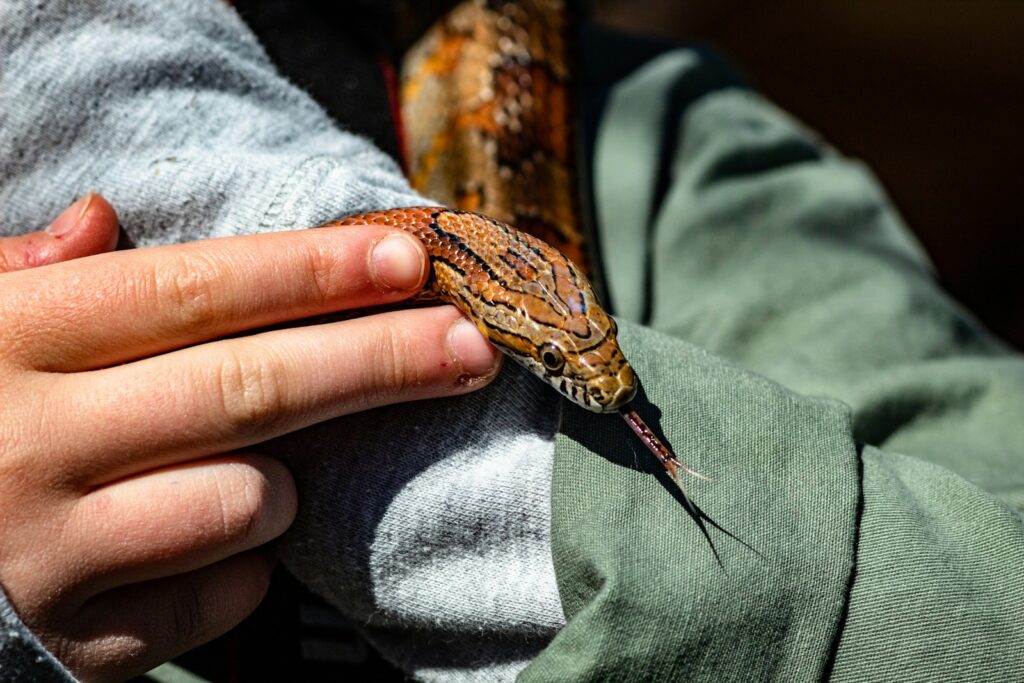
Reptiles possess a different brain structure than mammals, leading many to assume they lack advanced cognitive abilities. The reptilian brain primarily focuses on survival functions rather than emotional processing. However, recent research challenges these long-held assumptions. Studies have shown that many reptile species can learn, remember, solve problems, and even display individual personalities. Their intelligence manifests differently than in mammals, focused more on spatial memory, hunting strategies, and environmental adaptation rather than social bonding. This difference doesn’t mean reptiles are unintelligent; rather, they’ve evolved cognitive abilities suited to their ecological niches and survival needs. Understanding these fundamental differences helps set realistic expectations for how reptiles might form connections with their human caretakers.
Bearded Dragons: The Social Lizards

Bearded dragons have earned a reputation as one of the most interactive reptile pets, often displaying behaviors that suggest recognition of their owners. These Australian lizards frequently respond to their keepers by approaching the glass when they see familiar faces, showing excitement during feeding time, and even appearing to enjoy gentle handling. Research from the University of Lincoln found that bearded dragons can discriminate between familiar and unfamiliar humans, suggesting some level of recognition. Owners frequently report their bearded dragons responding differently to them compared to strangers, sometimes coming to the front of their enclosure when they hear their owner’s voice but hiding when strangers approach. Their naturally curious demeanor and relatively docile temperament make them excellent candidates for building interactive relationships with their human caretakers.
Leopard Geckos: Personable Pocket Pets

Leopard geckos, despite their small size, often develop noticeable bonds with their owners over time. These nocturnal lizards are known for their curious head-tilting, gentle temperament, and apparent recognition of their keepers. Many leopard gecko owners report their pets responding to their voices or even coming to the front of their enclosures when they enter the room. What makes these interactions particularly interesting is that leopard geckos, unlike some other reptiles, don’t have particularly good eyesight, suggesting they may recognize owners through scent, sound, or a combination of sensory inputs. Their manageable size makes handling sessions comfortable for both pet and owner, potentially strengthening familiarity through regular tactile interaction. With proper socialization from a young age, leopard geckos often become remarkably tolerant of gentle handling, sometimes appearing to enjoy the warmth and interaction that comes with it.
Tegus: The Dog-Like Reptiles
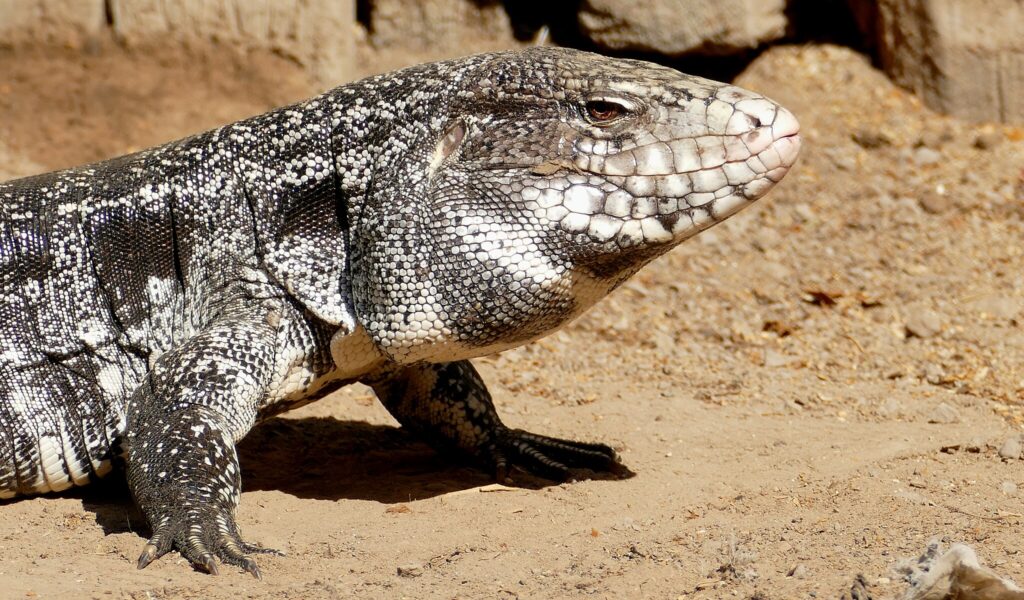
Argentine black and white tegus stand out among reptiles for their remarkable intelligence and capacity for bonding with their owners. Often described as the “dogs of the reptile world,” tegus display an unusual level of owner recognition and interactive behavior. They commonly approach their keepers when called, seek out physical contact and petting, and even appear to enjoy exploration time outside their enclosures with their owners. Research has demonstrated that tegus can recognize individual humans and will show a preference for their primary caretakers. Their larger brain-to-body ratio compared to many other reptiles may contribute to their advanced cognitive abilities and social behaviors. These large lizards require significant space and commitment, but owners are often rewarded with a reptile companion that seems genuinely connected to them in ways that challenge traditional views of reptilian aloofness.
Blue-Tongued Skinks: Curious and Attentive

Blue-tongued skinks have garnered popularity as pets partly due to their inquisitive nature and relatively calm demeanor when handled. These Australian lizards appear to become familiar with their owners over time, often showing recognition through distinctive behavioral changes. Many skink owners report their pets becoming more relaxed during handling sessions with familiar people while remaining wary of strangers. Their excellent vision allows them to visually identify their caretakers, and they’re often observed watching their owners move around the room with apparent interest. Blue-tongued skinks’ naturally curious disposition makes them engaging pets that frequently investigate new objects, foods, and people in their environment. Though not as demonstratively affectionate as tegus, these hardy lizards often develop comfortable routines with their keepers that suggest a level of trust and recognition.
Ball Pythons: Surprising Snake Intelligence
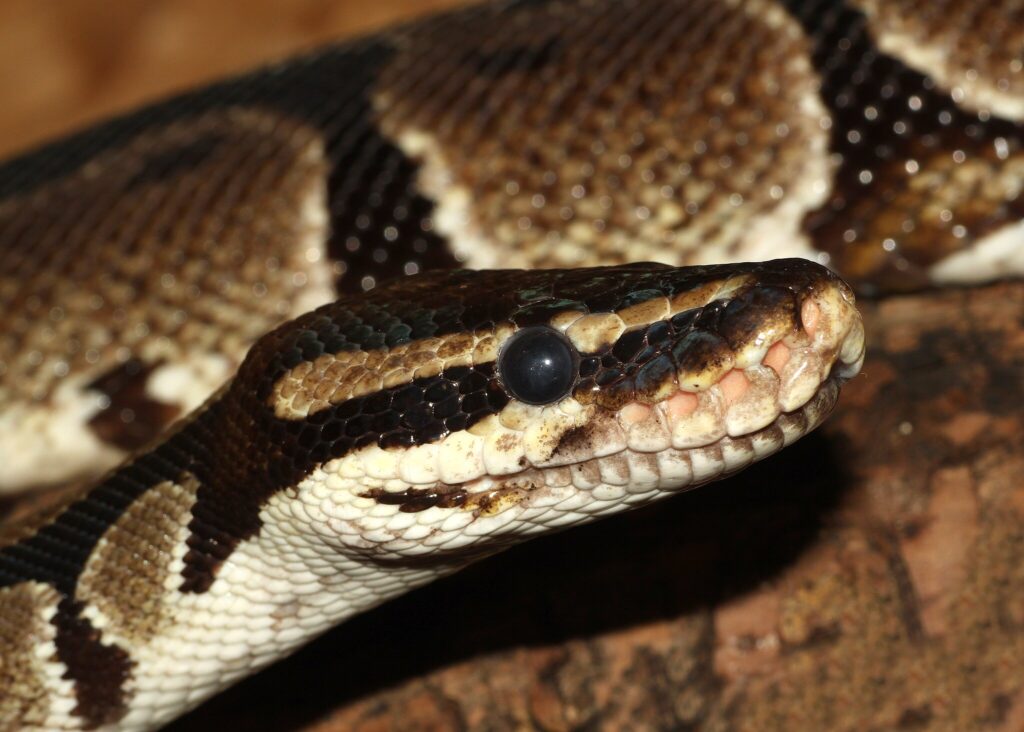
Ball pythons challenge the stereotype of snakes as unresponsive pets, often displaying behaviors suggesting recognition of their regular handlers. Experienced keepers frequently report their ball pythons becoming noticeably calmer and more relaxed with familiar people compared to strangers. These snakes primarily rely on scent for identification, using their highly developed vomeronasal organ (Jacobson’s organ) to chemically “taste” their environment and potentially distinguish between different humans. Regular, gentle handling appears to create a familiarity that results in decreased defensive behaviors, specifically with their owners. Ball pythons are known to develop individual preferences and personalities, with some being naturally more curious and interactive than others. Their relatively small size, manageable care requirements, and typically gentle temperament make them excellent candidates for those interested in developing a relationship with a snake companion.
Monitors: High Intelligence with Caution
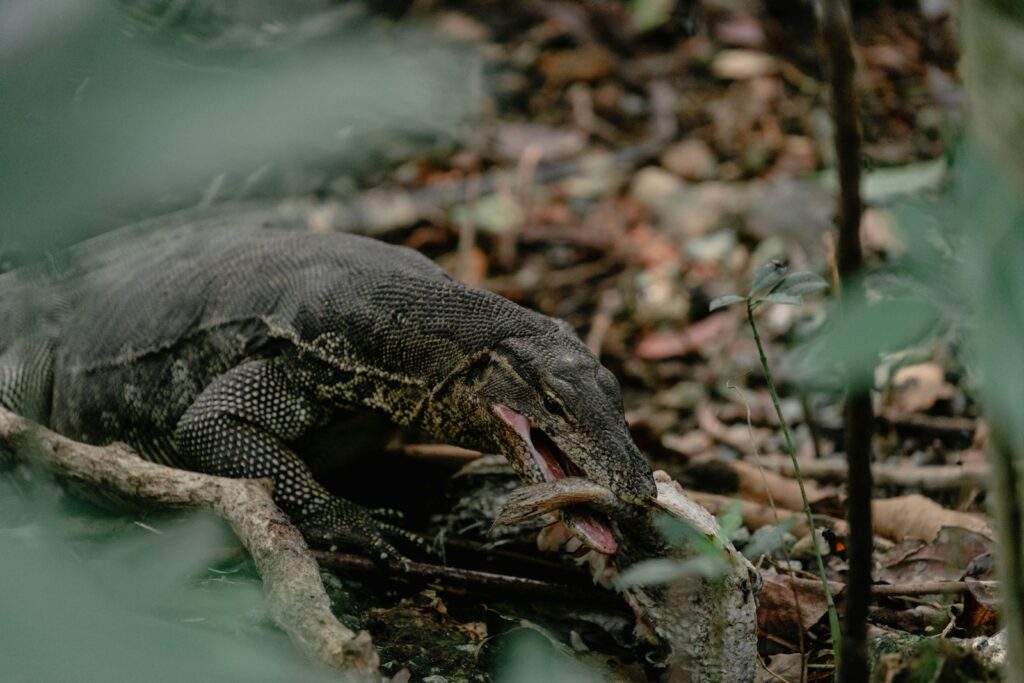
Monitor lizards represent some of the most intelligent reptiles kept as pets, with cognitive abilities that allow for sophisticated owner recognition. Species like the savannah monitor and black throat monitor have demonstrated the capacity to distinguish between familiar keepers and strangers, often showing dramatically different behavior patterns with each. Their intelligence comes with important caveats—monitors require extensive space, specialized care, and experienced handling due to their size and potential for defensive behavior. Research has shown that monitors possess problem-solving abilities comparable to some mammals, suggesting their owner recognition stems from advanced cognitive processing rather than simple conditioning. Keeper recognition in monitors often manifests as reduced defensive displays, willingness to accept food directly, and in some well-socialized individuals, acceptance of gentle handling without stress responses. These relationships require significant time investment, consistency, and respect for the animal’s natural behaviors.
Tortoises: Long-Term Bonds

The exceptional longevity of tortoises creates unique opportunities for long-term human-reptile bonding that can span decades. Many tortoise keepers report their shelled companions recognizing them through visual and olfactory cues, often approaching familiar humans while avoiding or retreating from strangers. Research at the University of Lincoln has demonstrated that tortoises can learn and remember tasks for at least 18 months, suggesting cognitive abilities that could support long-term recognition of caretakers. Species like Russian tortoises, red-footed tortoises, and sulcata tortoises frequently become accustomed to their owners’ voices and presence, sometimes actively seeking interaction. Their methodical, deliberate approach to life means relationship-building happens gradually, but many long-term tortoise owners describe deep connections developing over years of care and interaction. Some tortoises even appear to enjoy shell scratches or head pets from their familiar keepers while showing reserve with unfamiliar individuals.
The Science of Reptile Recognition
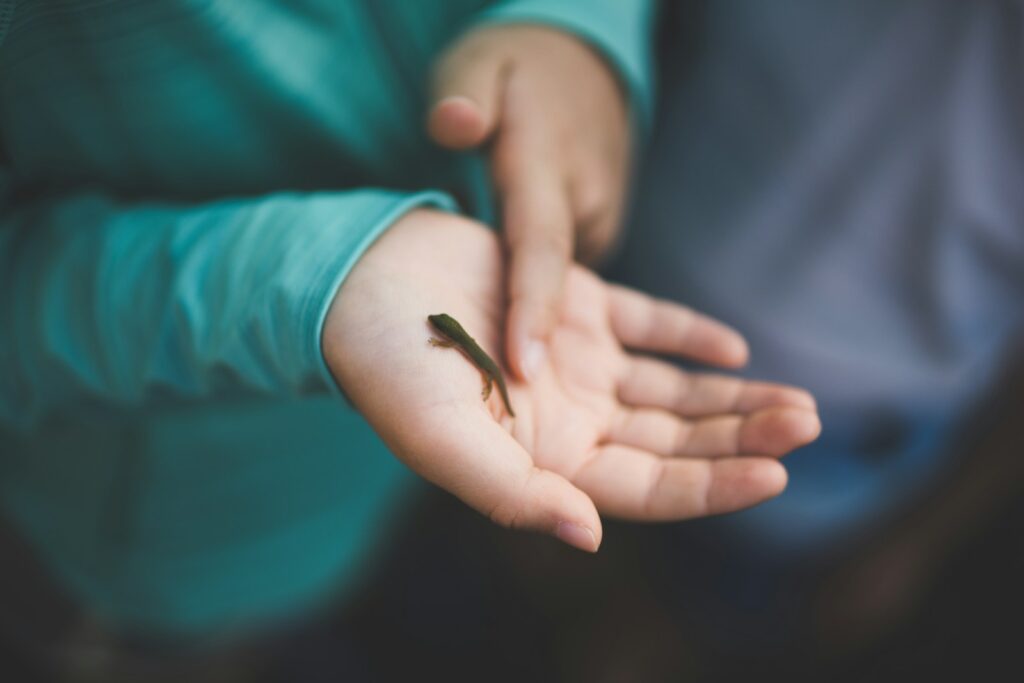
The neurobiological mechanisms behind reptile recognition of humans remain incompletely understood, but research continues to uncover fascinating insights. Studies using controlled experiments have demonstrated that several reptile species can visually discriminate between familiar and unfamiliar humans, suggesting recognition rather than generalized responses. Research at the Cold Spring Harbor Laboratory revealed that the reptilian brain contains neuron types previously thought to be unique to mammals, potentially supporting more complex cognitive functions than previously believed. Recognition likely involves multiple sensory systems—visual identification of human features, scent recognition through highly developed olfactory systems, and auditory recognition of familiar voices or movement patterns. The reptilian amygdala, while structured differently than in mammals, may play a role in forming associations between specific humans and positive or negative experiences. These scientific findings challenge the outdated view of reptiles as operating purely on instinct, revealing cognitive capacities that could support meaningful human-reptile relationships.
Building Trust With Your Reptile
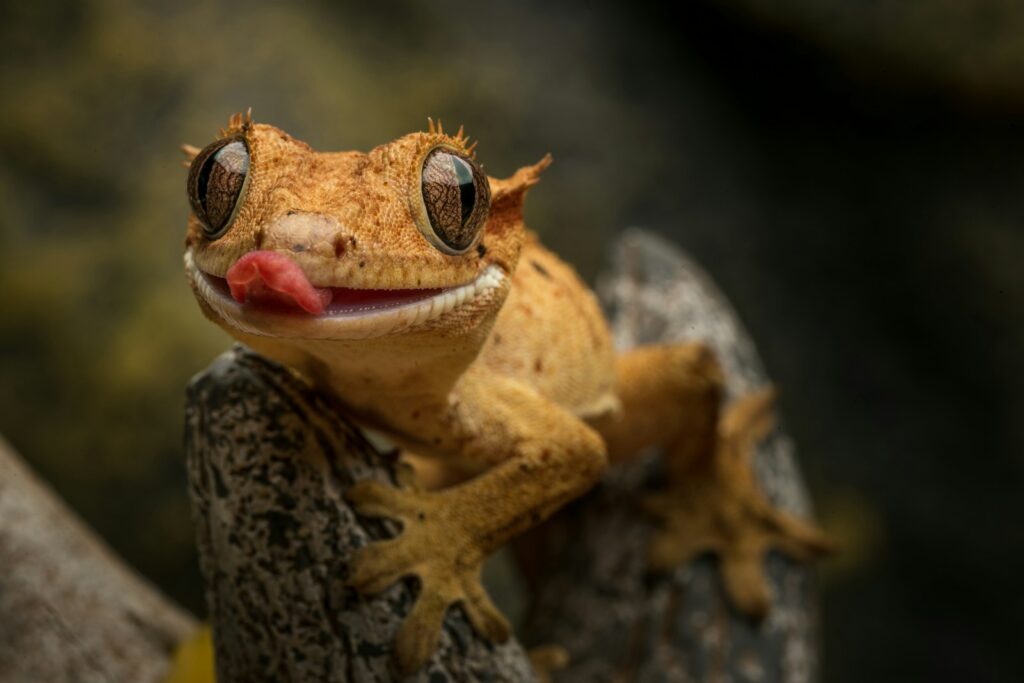
Developing recognition and trust with a reptile requires patience, consistency, and respect for the animal’s natural behaviors. Establishing positive associations is crucial—being the consistent provider of food, maintaining appropriate environmental conditions, and engaging in stress-free handling sessions all contribute to building trust. Experts recommend maintaining consistent scents when handling (avoiding strongly scented products that change your smell) and developing routine interaction patterns that your reptile can learn to anticipate. Body language awareness is essential, as reptiles are highly sensitive to potentially threatening movements or postures; approaching at their level rather than from above and moving slowly helps reduce stress during interactions. For most species, regular gentle handling from a young age significantly increases comfort with human interaction, though the frequency and duration should be tailored to the individual animal’s tolerance and species characteristics. Perhaps most important is respecting when your reptile communicates discomfort or stress, allowing them to retreat when needed rather than forcing interaction.
Conditioning vs. True Recognition
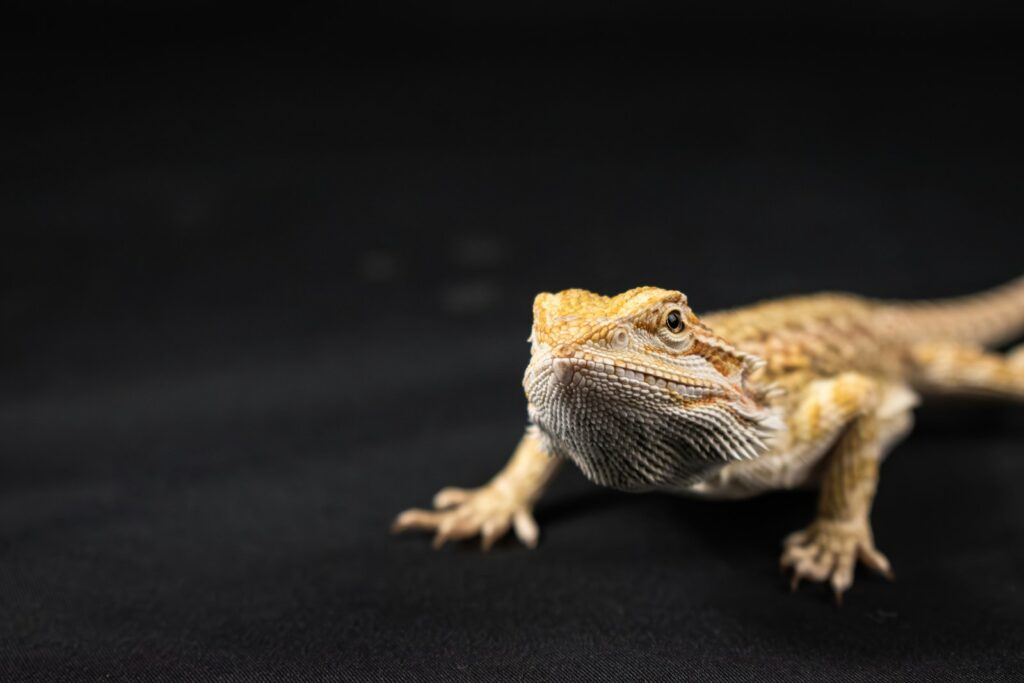
The distinction between conditioned responses and genuine recognition remains a central question in understanding reptile-human relationships. Critics suggest that behaviors appearing as recognition might simply be Pavlovian responses—the reptile associates a human’s presence with food or other resources rather than truly recognizing the individual. However, research increasingly suggests that at least some reptile species can discriminate between humans even when food rewards aren’t involved. Studies using controlled appearance changes (different clothing, masks, etc.) while maintaining the same person have demonstrated that certain reptiles respond to consistent individual characteristics rather than simply visual patterns. The context-specific nature of many reptiles’ responses to their owners—behaving differently during feeding versus handling times—suggests complexity beyond simple conditioning. Most reptile behavior experts now believe the reality lies somewhere in between: initial relationships may begin through conditioning, but can develop into more complex recognition patterns as the animal gains experience with their keeper over time.
Signs Your Reptile Recognizes You
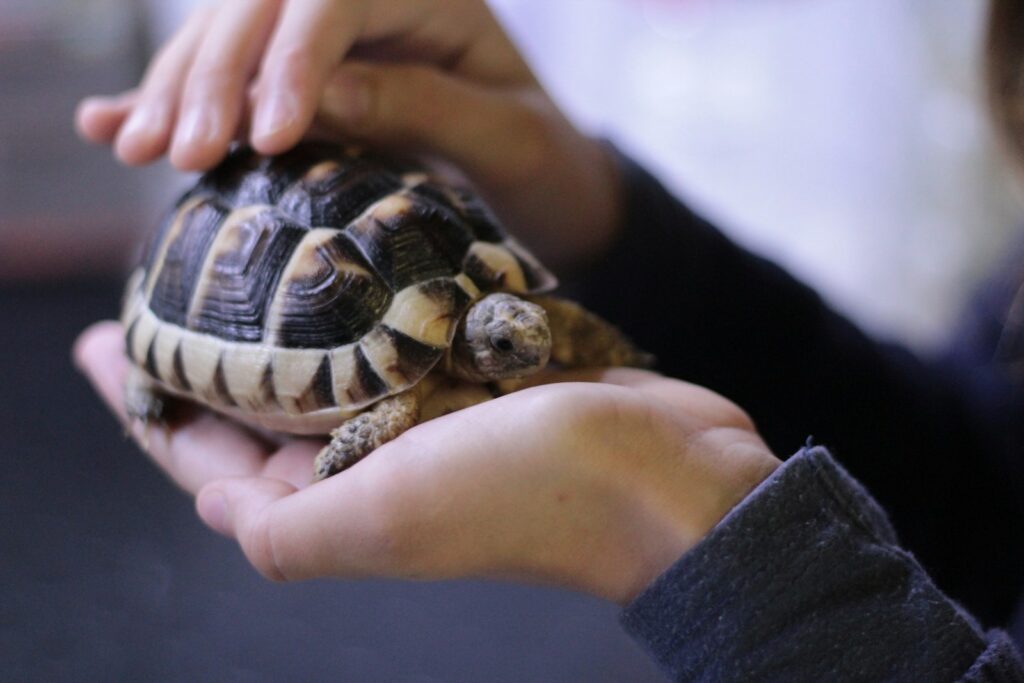
Several behavioral indicators suggest a reptile may recognize its owner as distinct from other humans. Approach behaviors—moving toward you when you enter the room while remaining cautious with strangers—represent one of the clearest signs of potential recognition. Defensive postures or stress behaviors that consistently decrease or disappear with the primary caretaker while remaining present with unfamiliar handlers suggest differential recognition. Some reptiles display “greeting behaviors” with their keepers, such as tegus raising their heads or tortoises extending their necks when familiar people approach. Relaxation cues during handling, such as normal tongue-flicking, relaxed muscle tone, and willingness to explore, that occur with the owner but not with strangers, indicate comfort with a specific person. Particularly compelling are reptiles that seek interaction, whether a bearded dragon moving to the front of the enclosure when their owner appears or a tegu appearing to enjoy physical contact from their keeper but avoiding it from others. While interpretation requires caution to avoid anthropomorphism, consistent patterns of differential behavior strongly suggest some form of human recognition.
Practical Considerations for Interactive Reptiles
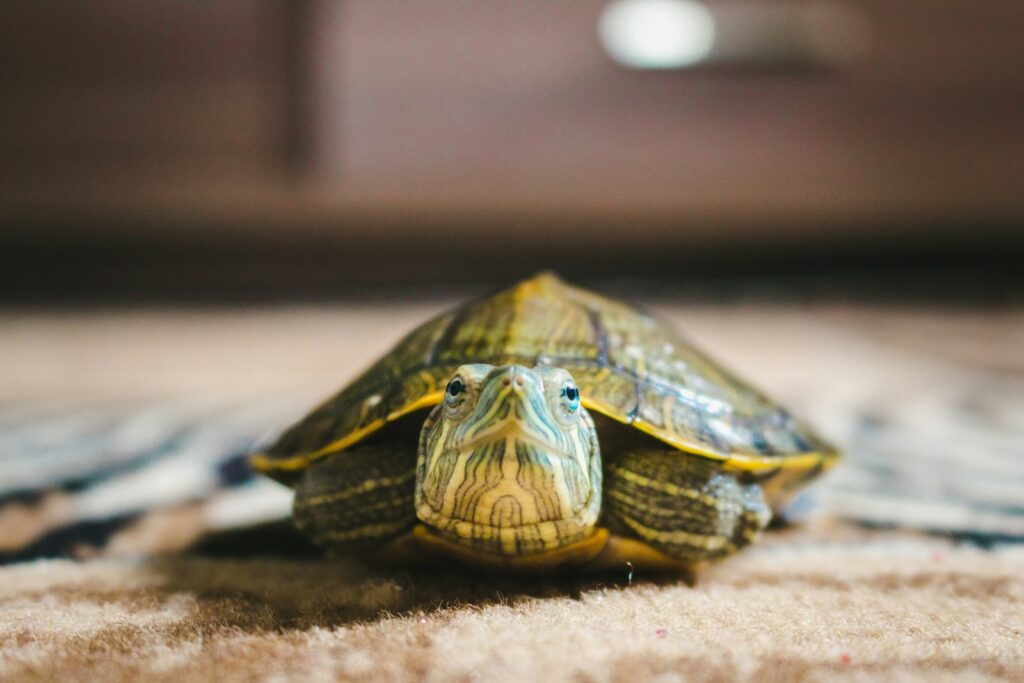
Keeping highly interactive reptile species comes with specific responsibilities and considerations beyond those of less engaged species. Housing requirements often exceed what many new keepers anticipate—species like tegus and monitors need exceptionally large enclosures with multiple temperature zones and enrichment opportunities to support their active, curious natures. Time commitment represents another crucial factor, as interactive species typically require regular handling, training, and socialization to maintain their comfort with humans. These species often demonstrate higher environmental enrichment needs, requiring varied terrain, hiding spots, and objects to investigate to prevent boredom and associated stress behaviors. Potential reptile keepers should honestly assess their long-term commitment, as many interactive species have lifespans measured in decades rather than years. Perhaps most importantly, keepers must educate themselves thoroughly on species-specific behaviors to accurately interpret their pet’s communication and avoid mistaking stress signals for interaction or vice versa.
Conclusion: Redefining Reptilian Relationships

The evidence increasingly suggests that many reptile species are capable of recognizing their owners and forming what might reasonably be called bonds, though these relationships differ fundamentally from those with mammals like dogs or cats. Rather than seeking emotional validation or social connection, reptiles appear to form associations based on safety, resource provision, and predictable, positive interactions. The science continues to evolve, with new research regularly challenging outdated notions about reptilian cognitive limitations. For prospective or current reptile keepers, understanding these animals on their own terms—appreciating their unique forms of intelligence and interaction—leads to the most rewarding relationships. The most interactive species, like tegus, bearded dragons, and monitors, offer particularly rich opportunities for connection, while even traditionally “hands-off” species may recognize their keepers in subtle ways. Perhaps the most important conclusion is that reptile cognition and behavior represent a fascinating frontier in animal science, with much still to discover about these ancient, remarkable animals and their capacity for connection with humans.

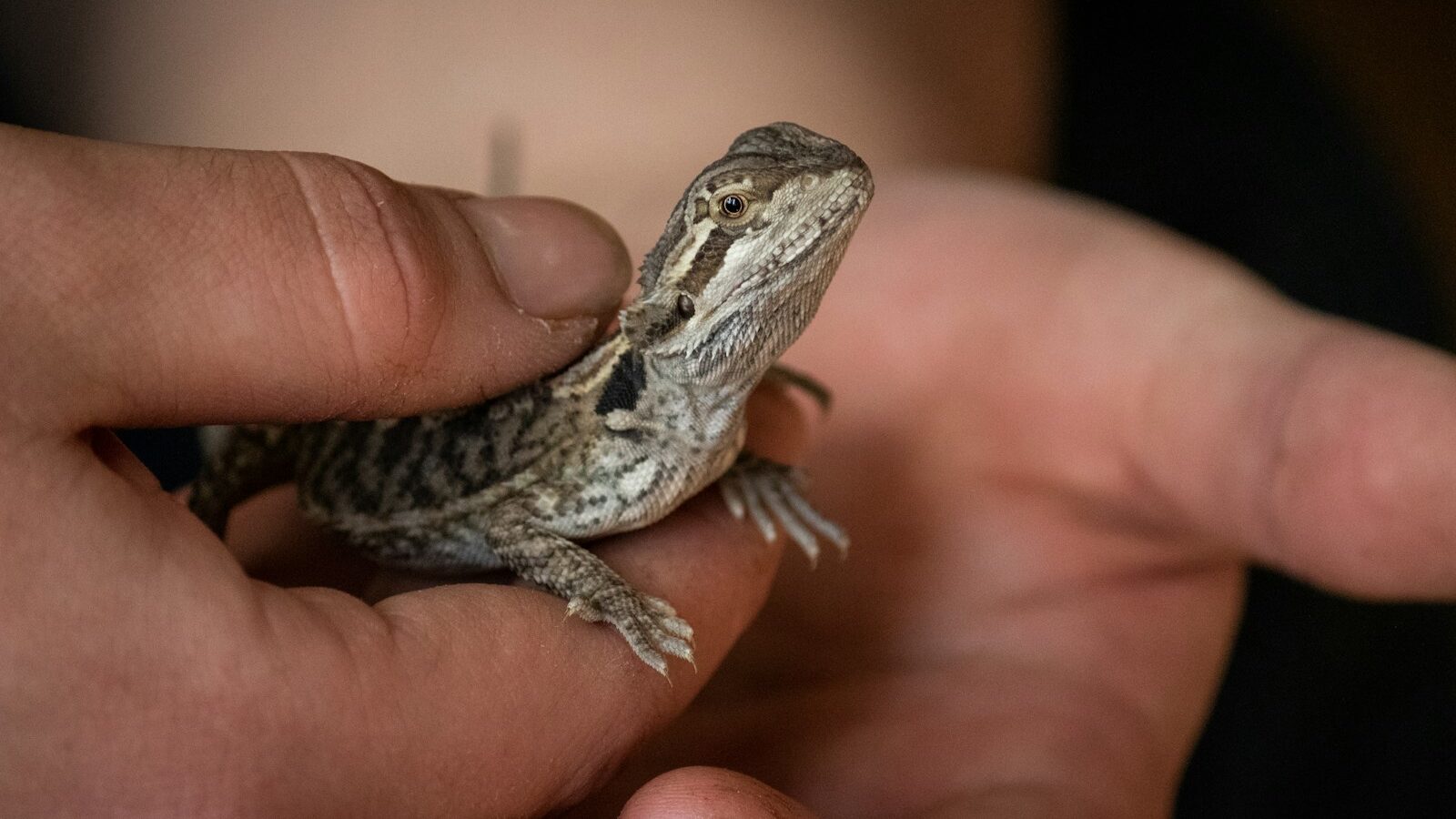



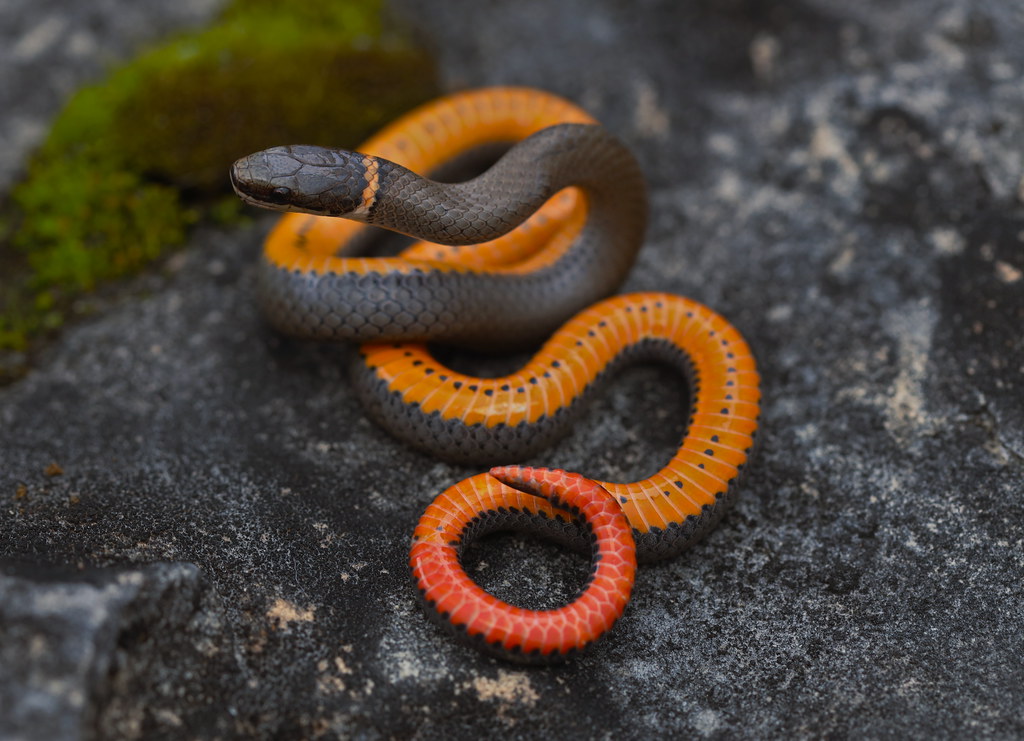





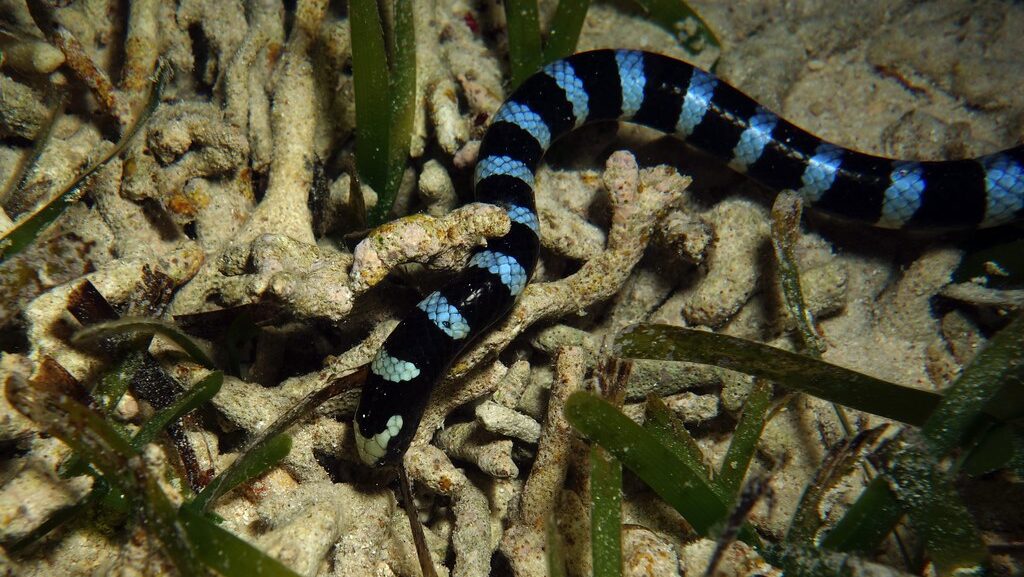



Leave a Reply